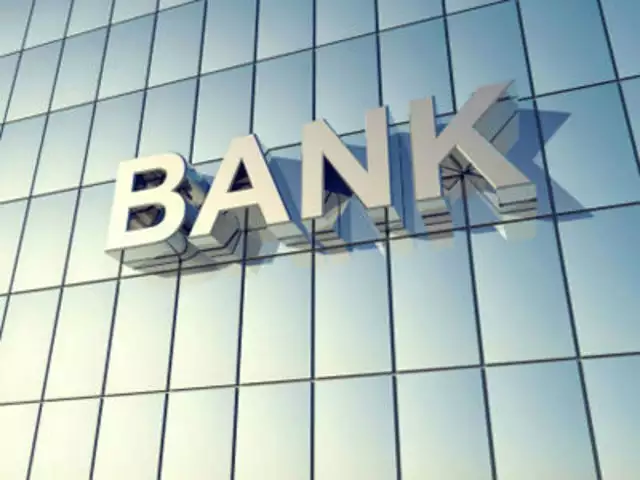
Imagine your bank account as your personal money manager. It’s where you keep your cash safe, spend it easily, and maybe even earn a little extra on the side. But with so many options out there, choosing the right bank account can feel overwhelming. Don’t worry, this guide will be your decoder ring, helping you understand the different types of accounts and pick the one that best suits your financial goals!
What are banks??
A bank is a financial institution that acts as a safe and secure place for people and businesses to deposit their money. Here’s a breakdown of the key functions of a bank:
- Deposits: Banks accept deposits of cash, checks, and electronic transfers. This allows people to keep their money safe and readily accessible.
- Withdrawals: Customers can withdraw their deposited funds using debit cards, checks, or ATM withdrawals.
- Loans: Banks provide loans to individuals and businesses for various purposes like buying a house, or car, or starting a business. They earn interest on these loans.
- Payment Services: Banks facilitate bill payments and electronic transfers, making it convenient to manage finances.
- Investment Opportunities: Some banks offer investment products like savings accounts with interest or mutual funds, allowing customers to grow their wealth.
So what we got to know, is that banks play a crucial role in the financial system by safeguarding people’s money, providing access to credit, and facilitating financial transactions. They operate under regulations to ensure the security of deposits and the stability of the financial system.
Types of Bank Accounts
There are two main types of bank accounts to consider: checking and savings. Think of them like teammates on your financial dream team:
- Checking Account: This is your everyday money manager. It’s like a handy debit card and checkbook combo, allowing you to easily pay bills, make purchases, and access your cash at ATMs. Imagine it as your go-to player for all your regular spending needs.
- Savings Account: This account is designed for saving money for future goals, like a dream vacation or a down payment on a house. It’s like your star saver, where your money can grow slowly over time with interest. Think of it as your teammate focused on building your financial reserves.
Specialty Accounts
While checking and savings are the cornerstones, there are other accounts that cater to specific needs:
- Free Checking Accounts: These accounts often come with no monthly fees, perfect if you’re a student or someone who doesn’t maintain a large balance. But be mindful of potential fees for things like using ATMs outside the bank’s network.
- High-Yield Savings Accounts: These accounts offer higher interest rates than traditional savings accounts, helping your money grow a little faster. However, they might come with minimum balance requirements or restrictions on how many times you can withdraw money each month.
Online Banking
Gone are the days of waiting in long lines at the bank. Many banks offer online banking, allowing you to manage your accounts from anywhere with an internet connection. It’s like having a virtual branch at your fingertips, letting you check your balance, transfer money, and even pay bills electronically.
Features to Consider
When picking a bank account, consider these key features:
- Bank Fees: Be aware of monthly maintenance fees, ATM fees, and overdraft charges. Some banks offer fee-free accounts if you meet certain requirements, like maintaining a minimum balance.
- Minimum Balance Requirements: This is the minimum amount of money you need to keep in your account to avoid fees. Choose an account with a minimum balance requirement that you can comfortably maintain.
- Interest Rates: If you’re looking to grow your savings, compare interest rates offered by different banks. A higher interest rate means your money earns more over time.
- ATM Network: Check if the bank has a wide network of ATMs to avoid withdrawal fees. Look for banks with ATMs near your home, work, or frequently visited places.
- Customer Service: Consider how easy it is to reach customer service if you need help. Online chat support, phone accessibility, and in-person branch availability are all factors to consider.
Safety First: FDIC Insurance
Look for the FDIC (Federal Deposit Insurance Corporation) logo when choosing a bank. The FDIC insures your deposits up to a certain limit, protecting your money in case the bank fails.
Making the Winning Choice: It’s All About You!
There’s no one-size-fits-all answer when it comes to bank accounts. The best choice depends on your individual needs and financial goals. Here are some tips to help you decide:
- High Spender?: A checking account with a good rewards program or cash back on debit card purchases might be a good fit.
- Saving Savvy?: Look for a high-yield savings account to maximize your returns.
- Always on the Go?: Choose an account with a robust online banking platform and a wide ATM network.
- Budget Conscious?: Prioritize accounts with low or no monthly fees.
Remember: Don’t be afraid to shop around and compare different bank accounts before making a decision. Read reviews on different websites like Reddit or Quora, ask your friends and family members for recommendations, and don’t hesitate to contact the bank directly if you have any questions related to the bank or the services they are providing. With a little research and these handy tips, you’ll be well able to choose the perfect bank account for your financial journey!
Bonus Tip: Once you’ve opened your account, make a habit of reviewing your bank statements regularly. This helps you track your spending, identify any potential errors, and ensure your money is being managed effectively.

